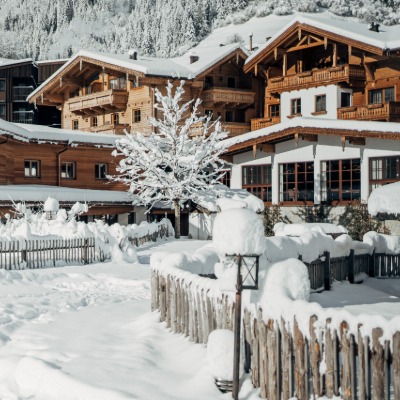Support Is Mounting For Proposed Doppelmayr Cable Car Connecting Queenstown CBD & Frankton

Support is mounting for the proposed aerial cable car connecting Queenstown’s CBD and Frankton, following a recent delegation visit that gave local government and business leaders a first-hand look at some of the world’s most successful ropeway networks.
Led by Southern Infrastructure with support from Doppelmayr New Zealand, the delegation visited key sites including manufacturing facilities in Austria, urban gondola systems in Paris and Singapore, and INTERALPIN 2025, the world’s leading trade fair of alpine mobility innovation, including ropeway technology.
Southern Infrastructure Chief Executive Ross Copland says:
“Queenstown’s key arterial roads don’t have space for more lanes, we don’t have billions for tunnelled rail, and we certainly don’t have decades to wait. The situation is urgent – Queenstown needs a meaningful upgrade to its transport capacity by the end of this decade.
“Cable car systems offer a rare combination of low-environmental impact, high capacity, and cost effectiveness. With an existing supplier base and proven success in Queenstown’s alpine terrain, the region is uniquely suited to scale this technology. Cities as diverse as Singapore and Paris are already integrating cable cars into their public transport systems. Our goal was to give local industry leaders first-hand insight into these systems and the teams delivering them – to see what’s working, what’s not, and what’s possible for Queenstown.”
Backed by strong representation from industry leaders, the trip focused on how aerial cable car can offer sustainable, high-capacity alternatives to congested road-based networks — particularly in constrained, fast-growing centres like Queenstown.
“The delegation visit offered valuable insight into how aerial cable car provides an innovative alternative to traditional public transport modes,” says Richard Saunders , Chief Executive at Otago Regional Council.
“These types of solutions are worth considering as we look to future-proof Queenstown’s public transport network. It’s early days, and formal decisions lie ahead, but it was a useful opportunity to explore what’s possible.”
The proposed Queenstown Cable Car would be a first-of-its-kind in Aotearoa, designed to move thousands of passengers per hour with fully electric, virtually silent cabins. Its low-impact footprint, speed of delivery, and ability to integrate with existing transport networks and active modes make it particularly attractive as Queenstown grapples with rapid tourism and population growth.
“It was fantastic to be able to demonstrate what this technology looks like in an urban transport setting – particularly in a world-leading context like Paris,” says Garreth Hayman, CEO of Doppelmayr New Zealand.
“Our Paris’ Cable C1 project is a prime example of how modern ropeway systems can be integrated into dense urban environments to complement existing transport networks.
“Seeing the first cabins moving along the ropeway highlighted just how efficient and effective these systems are. It gave us a great opportunity to demonstrate the proven solutions Doppelmayr has delivered globally — and to show how directly relevant they are to Queenstown’s terrain, growth challenges, and sustainability goals.”
Building momentum at home
While the delegation visit demonstrated global expertise in action, local support for the Queenstown Cable Car continues to grow.
Sharon Fifield, CEO of the Queenstown Business Chamber of Commerce, says the region’s business sector sees clear benefits in the proposal:
“It’s great to have the business community in behind it. Queenstown needs forward-thinking solutions that support both liveability and economic resilience — this cable car offers both.”
Mat Woods, CEO of Destination Queenstown, believes the project aligns well with the region’s global tourism profile:
“With the significant residential growth Queenstown has experienced over the past decade and its increasing appeal as a place to visit, finding innovative ways to move people around the Whakatipu Basin is crucial.
“Cable car presents a bold, sustainable solution in response to Queenstown’s unique geographical challenges and positions the city as a leader in future-ready, low-emission transport. It’s an exciting opportunity to ease congestion and improve productivity while offering a scenic and efficient transport experience that enhances Queenstown’s appeal as a place to live and visit.”
Turning global insights into action
Hayman contributed to a panel at Electrify Queenstown 2025, exploring New Zealand’s electrified transport future — drawing on insights from the delegation visit and Doppelmayr’s five decades of delivering ropeway systems across New Zealand.
Now in design stages, resource consent for the Queenstown Cable Car is planned for lodgement in late 2025. Subject to approvals, construction of Stage One could begin in 2027, with operations targeted for late 2028.
“This is more than a transport project. It’s a future-focused shift in how we connect people, places and potential in Queenstown,” says Hayman.
“Having successfully operated in Queenstown for over 40 years, and New Zealand for 50 years this year, we look forward to working with the community and relevant authorities to bring this project to life.”














